 In January, Stranmillis University College was delighted to host a team of play experts from Teacher Education colleges across Denmark, who are currently working on Playful Learning Research project funded by the LEGO foundation.
In January, Stranmillis University College was delighted to host a team of play experts from Teacher Education colleges across Denmark, who are currently working on Playful Learning Research project funded by the LEGO foundation.
Led by Professor Helle Marie Skovbjerg of the LAB Design for Play at the Design School Kolding, the delegation also included Helle Hovegaard Jorgensen from University College Lillebaelt, Julie Borup Jensen from Aalborg University, Jeppe Bundsgaard from Aarhus University and Ditte Obenhauser Hoff.
The team travelled to Belfast to gain a greater understanding of the work on Playful Learning led by Head of PGCE Early Years Dr Glenda Walsh at Stranmillis University College, who curated a week-long programme for the team and local experts to share knowledge and insights on the topic.
One particular highlight was an event for external stakeholders and early years practitioners entitled ‘Danish Perspectives on Play’.
Following the week of events, Dr Walsh said “Getting the opportunity to talk about play with like-minded people and to learn from Danish experts in the field, particularly about their LEGO funded research project, was an absolute privilege. The conversations were rich and inspiring, the presentations shared were creative and thought-provoking, the lessons learnt were plentiful and powerful, while most of all the overall experience was most enjoyable and playful! A huge word of thanks to our Danish partners who have now become our Danish friends!”.
How to play the Danish way
Dr Glenda Walsh asked two of the early years practitioners, Jill Sommerville and Kierna Corr – both practicing nursery teachers – to share some of what they learned from the stakeholder event.
Jill said:
 “Forced to reflect on my own practice and ideally how ‘creative’ or ‘fun’ I was during play with children. It was not something I had ever realised needed to be taught as I am naturally a playful person and within a nursery day it occurs throughout all aspects of our curriculum. It never occurred to me some staff might struggle with this aspect as I just assumed if they didn’t enjoy play they wouldn’t do the job.
“Forced to reflect on my own practice and ideally how ‘creative’ or ‘fun’ I was during play with children. It was not something I had ever realised needed to be taught as I am naturally a playful person and within a nursery day it occurs throughout all aspects of our curriculum. It never occurred to me some staff might struggle with this aspect as I just assumed if they didn’t enjoy play they wouldn’t do the job.
My take home message was the fact that teachers now need to be taught how to play. I thought the concept of how to train teachers via Play Labs was fabulous and straightforward, but I was intrigued as to how society has evolved that now we are having to teach teachers to play. Despite, the clear cultural distinction between schooling systems, the same issues apply: teachers are finding it difficult to play with children.
I also thought the Danish Play Lab method would be a great tool to use with parents in early years settings to reignite the fun associated with play.
I would be interested to see how effective it would be for beginning teachers but I really think current teachers should take part too!!! This might help to show them how to play with their children in a more fun and imaginative way and help create a generation of self-starters with 21st century skills.”
Kierna wrote:
“Professionalism is very high in the Danish early years sector and their use of the term pedagog certainly helps in this respect. We need to find a similar term or begin adopting this one for those who work in early years as we are not teachers, it is a very specific role.
“Play is highly valued and understood by all – staff and parents. Play is still emphasised when children begin more formal schooling whereas here it all becomes very academic very quickly. Our FS teachers should not merely be reporting on the academic skills that children cannot do but celebrating their play skills.”
“Despite having a wonderful play based start in Denmark, school still destroys this ability and the fact they have to teach training teachers & pedagogs to play says it all.”
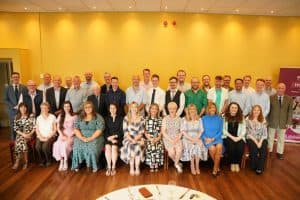

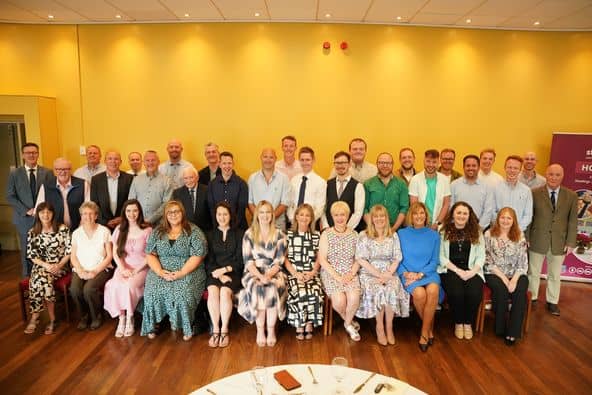
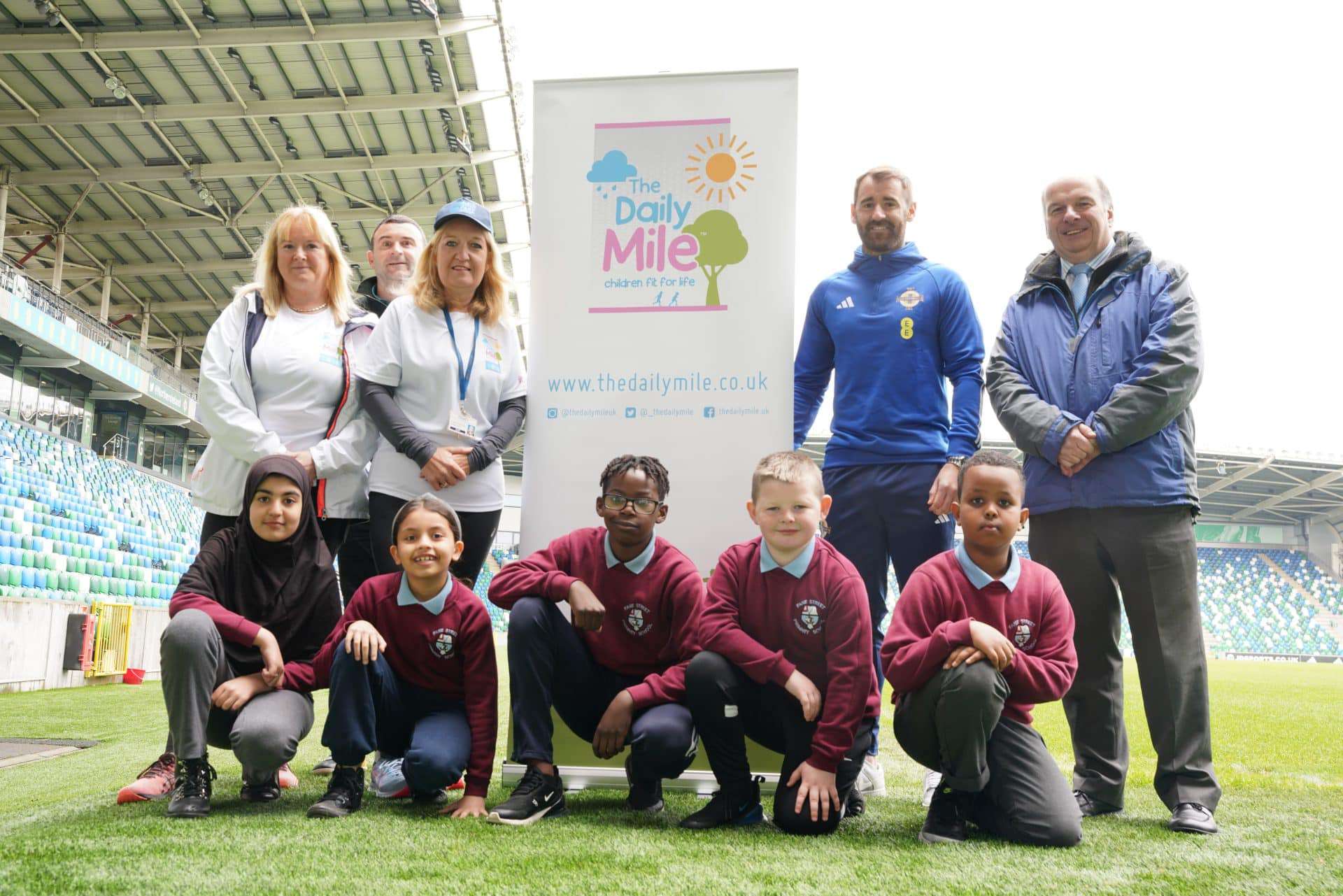


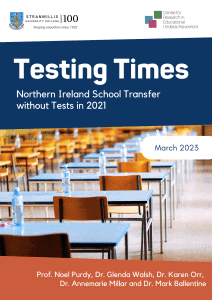

 In January, Stranmillis University College was delighted to host a team of play experts from Teacher Education colleges across Denmark, who are currently working on Playful Learning Research project funded by the LEGO foundation.
In January, Stranmillis University College was delighted to host a team of play experts from Teacher Education colleges across Denmark, who are currently working on Playful Learning Research project funded by the LEGO foundation. “Forced to reflect on my own practice and ideally how ‘creative’ or ‘fun’ I was during play with children. It was not something I had ever realised needed to be taught as I am naturally a playful person and within a nursery day it occurs throughout all aspects of our curriculum. It never occurred to me some staff might struggle with this aspect as I just assumed if they didn’t enjoy play they wouldn’t do the job.
“Forced to reflect on my own practice and ideally how ‘creative’ or ‘fun’ I was during play with children. It was not something I had ever realised needed to be taught as I am naturally a playful person and within a nursery day it occurs throughout all aspects of our curriculum. It never occurred to me some staff might struggle with this aspect as I just assumed if they didn’t enjoy play they wouldn’t do the job.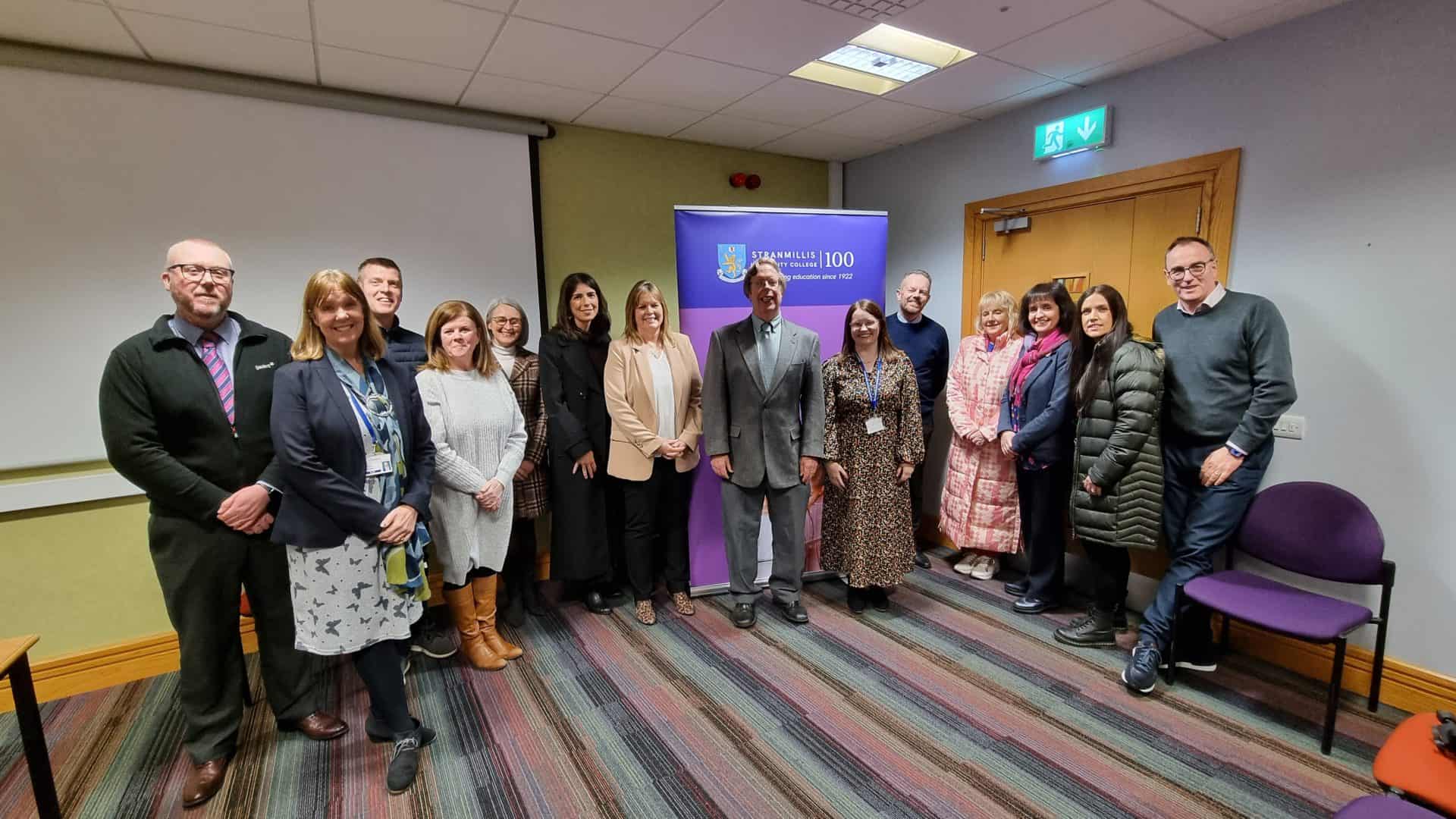
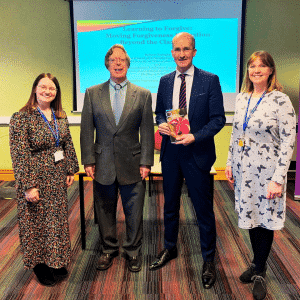 Despite the snow and sub-zero temperatures, a pleasing number of teachers, educational partners, academic staff and invited guests attended a seminar on Forgiveness Education which was held in Stranmillis University College on 17th January. The main speaker at the event, and the reason so many had braved the wintry weather, was Professor Robert Enright from the International Forgiveness Institute at the University of Wisconsin, Madison.
Despite the snow and sub-zero temperatures, a pleasing number of teachers, educational partners, academic staff and invited guests attended a seminar on Forgiveness Education which was held in Stranmillis University College on 17th January. The main speaker at the event, and the reason so many had braved the wintry weather, was Professor Robert Enright from the International Forgiveness Institute at the University of Wisconsin, Madison.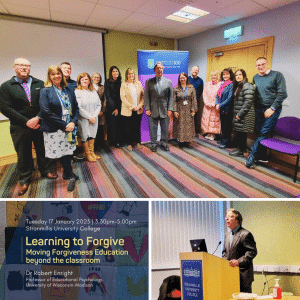 This seminar concentrated in particular on the potential for impact of Forgiveness Education beyond the confines of one group of children, or one classroom. Already, Mount St. Michael’s Primary School in Randalstown has decided to teach Forgiveness Education to every class in the school during the spring term and is planning to use some of the lessons as part of its Shared Education Programme with their partner school Randalstown Central Primary School. We are all excited at the thought of how powerful it will be in the future when a whole generation of children has learned to see the inherent worth of every person “no matter how………….” and not to forget or excuse the undeserved hurt done to them but to forgive. We are excited to see how a generation of children will share their learning with their families and then older generations, who are perhaps carrying unresolved resentment or inter-generational trauma themselves, might be taught to forgive.
This seminar concentrated in particular on the potential for impact of Forgiveness Education beyond the confines of one group of children, or one classroom. Already, Mount St. Michael’s Primary School in Randalstown has decided to teach Forgiveness Education to every class in the school during the spring term and is planning to use some of the lessons as part of its Shared Education Programme with their partner school Randalstown Central Primary School. We are all excited at the thought of how powerful it will be in the future when a whole generation of children has learned to see the inherent worth of every person “no matter how………….” and not to forget or excuse the undeserved hurt done to them but to forgive. We are excited to see how a generation of children will share their learning with their families and then older generations, who are perhaps carrying unresolved resentment or inter-generational trauma themselves, might be taught to forgive.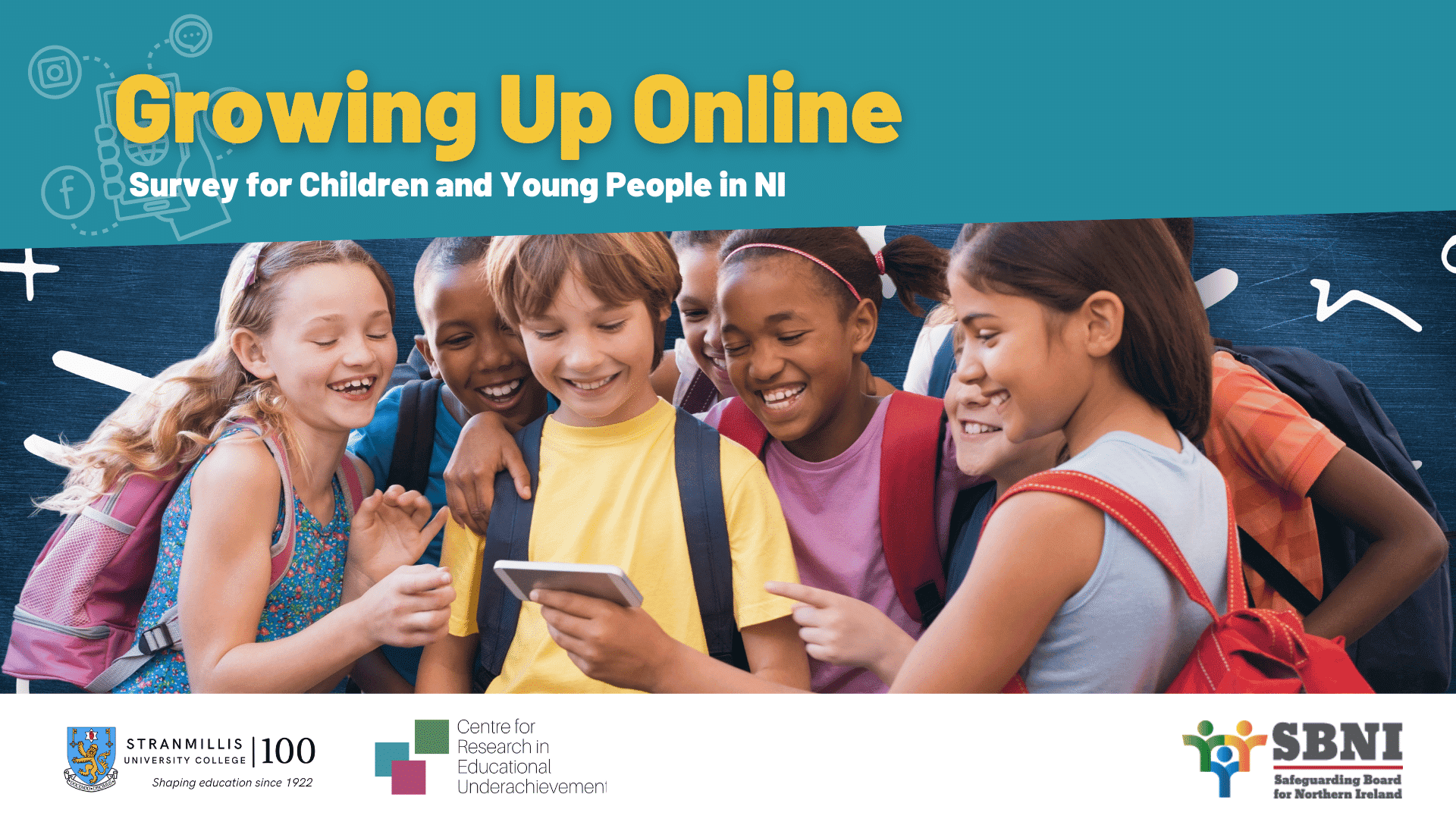
 Safer Internet Day 2023 takes place on the 7th February 2023, with celebrations and learning based around the theme ‘Want to talk about it? Making space for conversations about life online’. The celebration sees thousands of organisations getting involved to promote the safe, responsible and positive use of digital technology for children and young people.
Safer Internet Day 2023 takes place on the 7th February 2023, with celebrations and learning based around the theme ‘Want to talk about it? Making space for conversations about life online’. The celebration sees thousands of organisations getting involved to promote the safe, responsible and positive use of digital technology for children and young people.